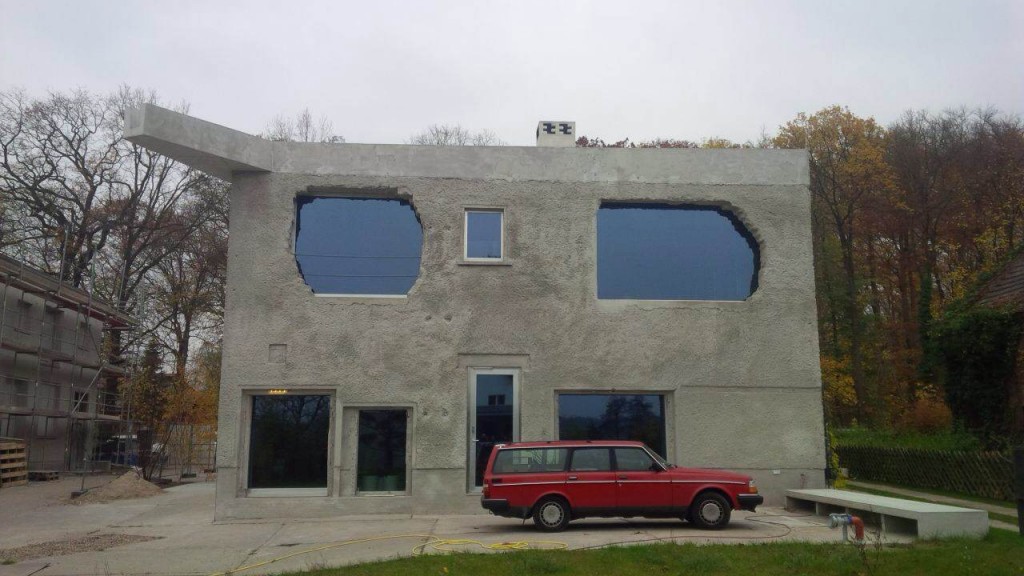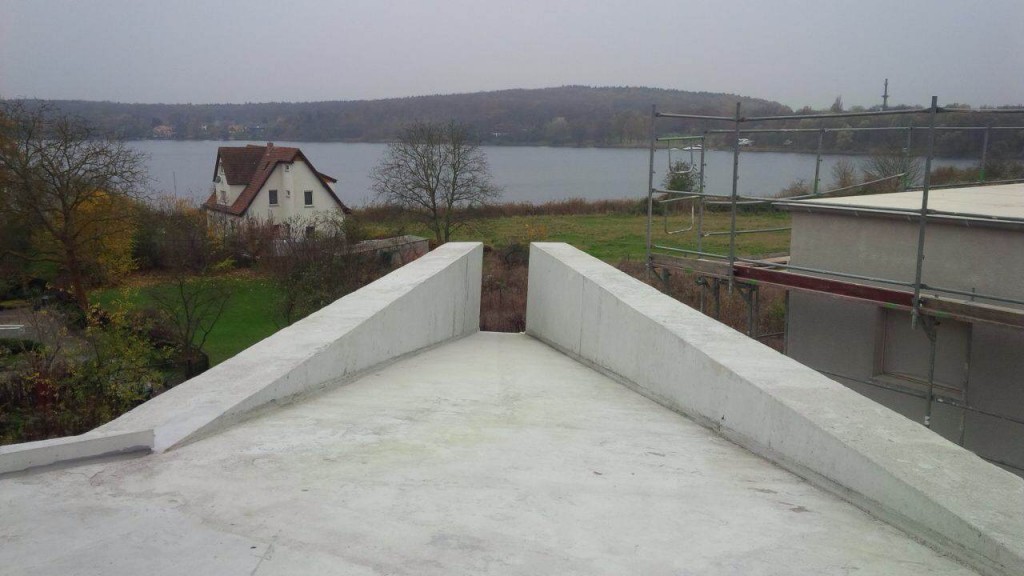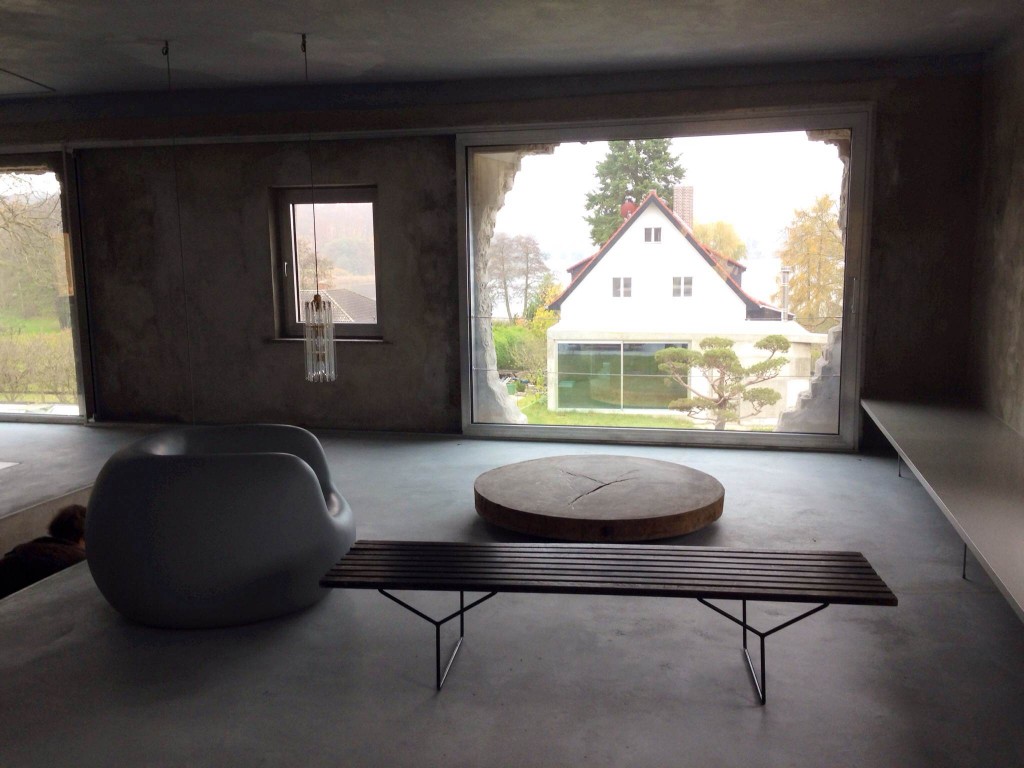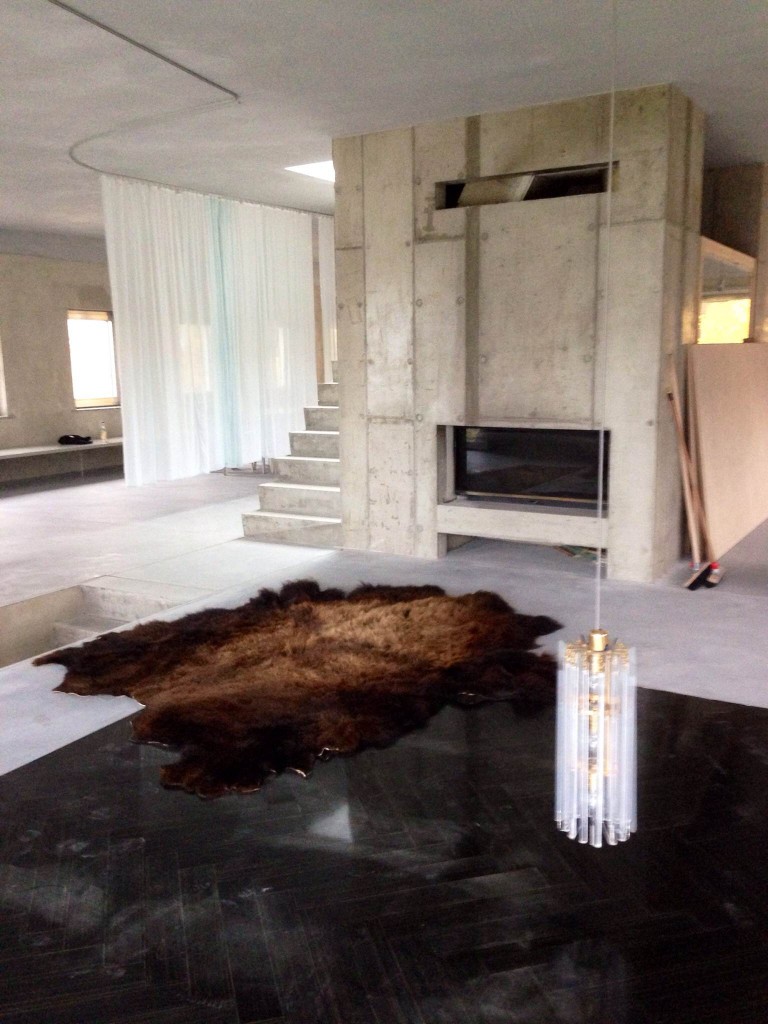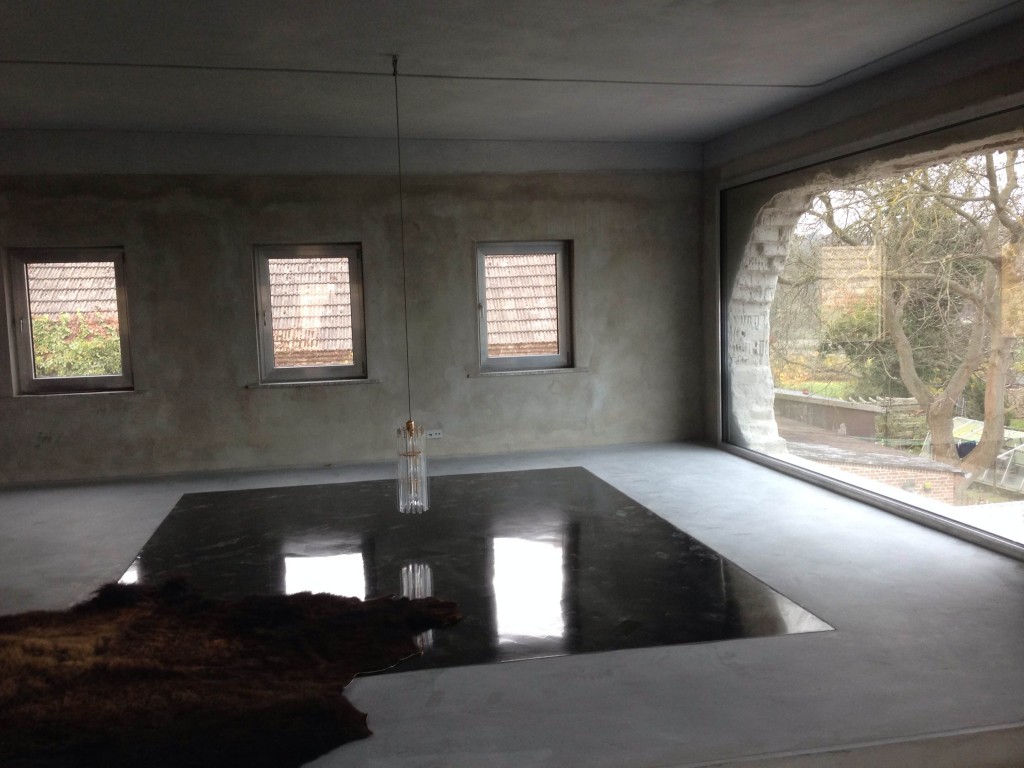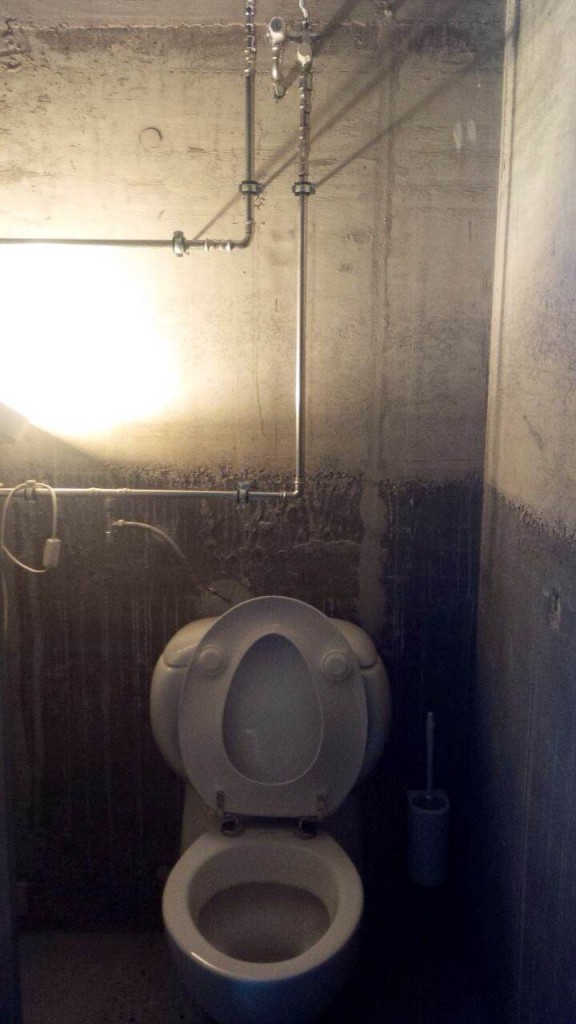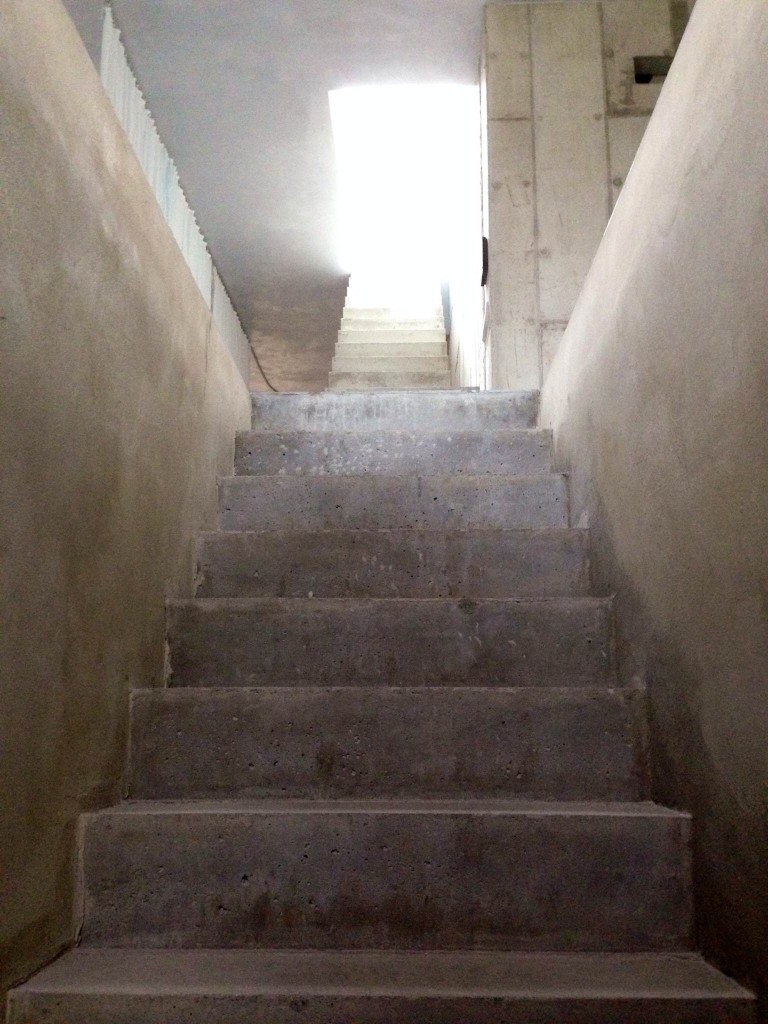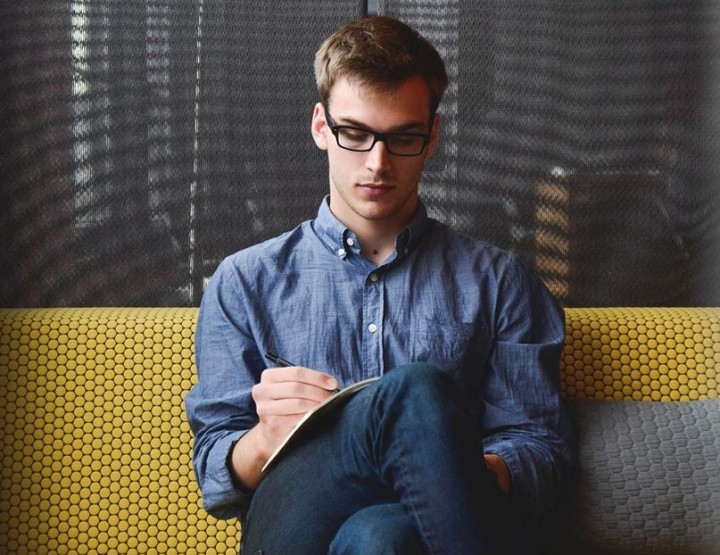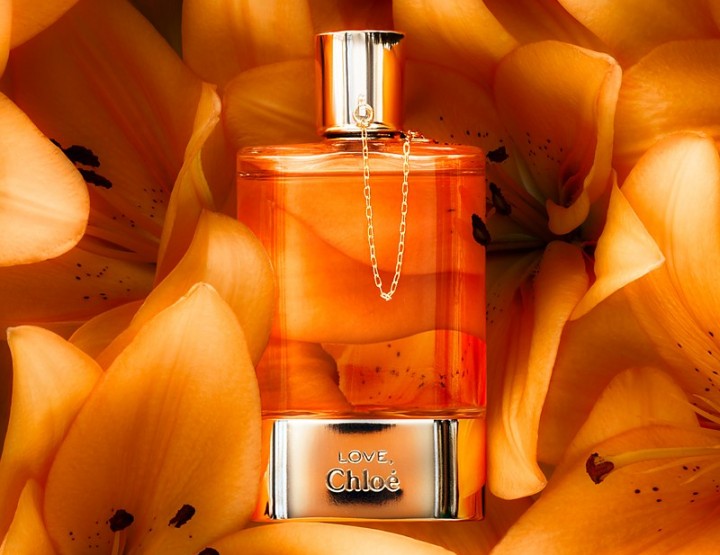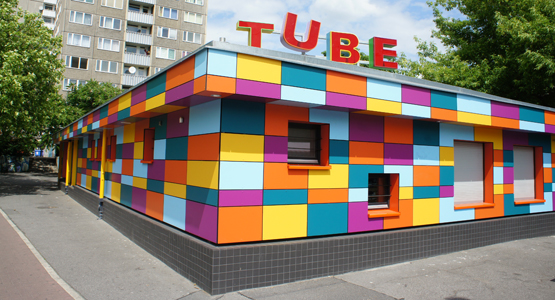Lake Krampnitzsee seems to be the most idyllic place southwest from Berlin. This place has only a few inhabitants, who fulfilled their dreams of a beautiful mansion in the countryside right by the lake. Every house looks the same up here: red sloping roof, yellow or white house fronts, well nearly every house. Then you round a corner and there it is, a concrete building with big spaces that ought to be windows.
Is it a ruin? Is it a house under construction? No, it’s actually Brandlhubers vision of a dream mansion. The building has been causing quite a tumult in the quiet neighborhood of the Krampnitzsee.
Arno Brandlhuber is an architect from Berlin, who is widely known for the term “Hausnummer 9”. The fact is that he designed numerous low-budget studios for artists on Brunnenstraße in Berlin. His architectural work is characterized by him looking for solutions to problems, where other architects might look the other way and call for a wrecking ball. He and his partner work under the motto that every building has to adapt when all sorts of people are willing to work and live together. Everything he builds is on depending on a low budget and quite innovative. He concerns himself with the present and tries to keep up the trademark of Berlin, the city’s heterogeneity. Demolition is never an option for Brandlhuber. That’s what he’s been saying in the case of the former factory for underwear from the DDR at lake Krampnitzsee. In the eyes of Brandlhubers this building had a huge value and had to be preserved. It told a story, offered substance and a big shell. So he grabbed his pen and constructed a concept, which allowed him to design living spaces and studios with low-budget means.
Raw, brachial, honest!
The open spaces for the windows came into being in a spur of the moment. With the aid of a sledgehammer and a jackhammer the workers simply knocked down parts of the wall, where people would want to look outside. And on the inside he removed all non-load bearing walls and designed a curtain system. The goal was to create refined temperature zones that surged heat from a sauna that would be placed in the middle of the room. The interior was created by artists like Karin Sander or Gregor Hildebrandt who thanked him for all his work in Berlin-Mitte.
The architectural solution is simply genius. The appearance is debatable but to use the things that were available and transform it into something that eccentric is really great in my opinion, although Brandlhubers neighbors might see that a little bit different than I do.
But there’s no accounting for taste and that’s a good thing. If you ever find yourselves around Potsdam, feel free to visit Rotkelchenweg 25, 14469 Potsdam.
And tell me what do you think of the anti-villa?
Copyright: Readthetrieb, http://www.brandlhuber.com, , http://www.kow-berlin.info/texts/home,

